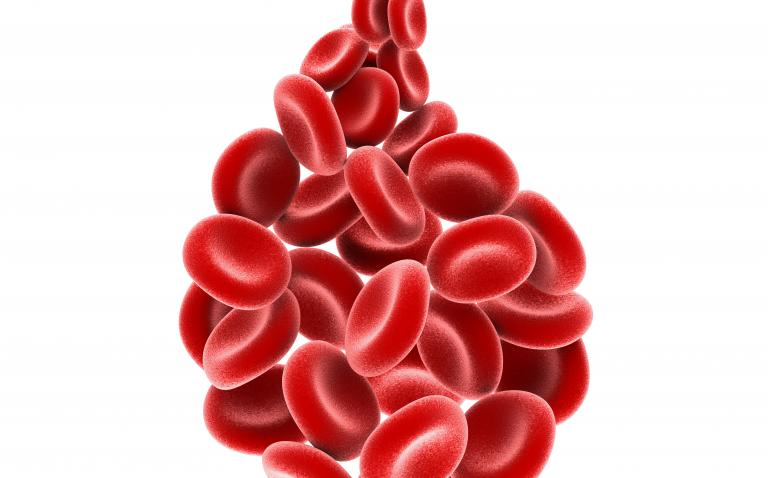Chugai has announced that Roche has received regulatory approval from the European Commission for Hemlibra® (emicizumab) for routine prophylaxis of bleeding episodes in people with haemophilia A with factor VIII inhibitors.
“Following the US approval, we are very proud of the approval to deliver the first-in-class product Hemlibra to people with haemophilia A with inhibitors in the EU as well,” said Chugai’s President & COO, Tatsuro Kosaka. “By having Hemlibra – an additional Chugai originated medicine to the existing product lineup currently marketed in the EU, such as RoActemra® and Alecensa®, we are continuously committed to resolve unmet medical needs for patients in the EU jointly with Roche.”
This approval is based on the two pivotal studies for haemophilia A with inhibitors: the results of HAVEN1 study (NCT02622321) for adolescents and adults, and the interim analysis of HAVEN2 study (NCT02795767) in children.
Hemlibra is a bispecific monoclonal antibody, which was developed using Chugai’s proprietary antibody engineering technologies. The drug is designed to bind factor IXa and factor X. In doing so, Hemlibra provides the cofactor function of factor VIII in people with haemophilia A, who either lack or have impaired coagulation function of factor VIII).1,2 In November 2017, the drug (US product name: Hemlibra®; Genentech) was approved by the US Food and Drug Administration and was marketed for “routine prophylaxis to prevent or reduce the frequency of bleeding episodes in adult and paediatric patients with haemophilia A (congenital factor VIII deficiency) with factor VIII inhibitors.” In Japan, Hemlibra obtained an orphan drug designation in August 2016 from the Ministry of Health, Labour and Welfare for the prevention and reduction of bleeding episodes in patients with congenital factor VIII deficiency (haemophilia A) who developed inhibitors to factor VIII, followed by an application for regulatory approval filed in July 2017.
References
- Kitazawa, et al. Nature Medicine 2012; 18(10): 1570
- Sampei, et al. PLoS ONE 2013; 8: e57479










